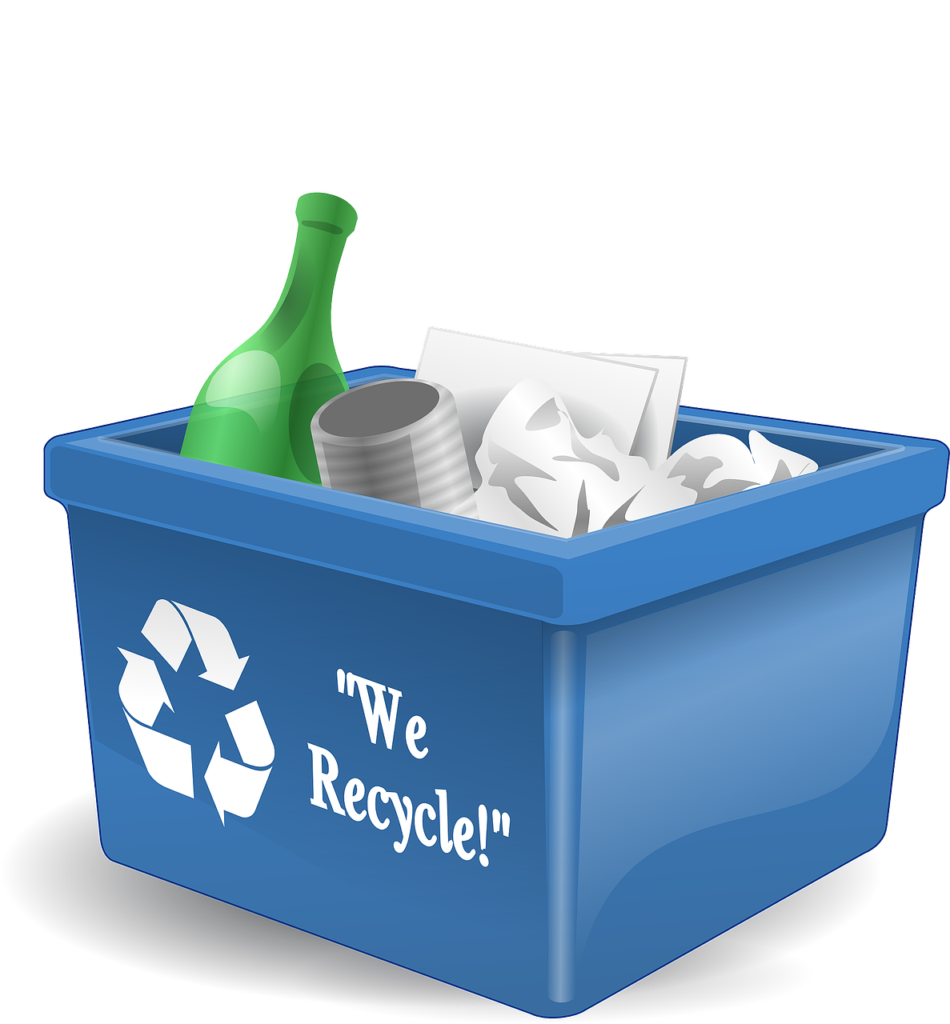The Three R’s
Plastic pollution has become a prominent health threat to the majority of marine life and has the potential to move through the food chain and become harmful to top predators and even humans. Even with this knowledge, we continue to produce and consume, but not reduce or reuse plastic. By the year 2050, if the global trends of plastic production and waste management continue, there will be about 12 million tons of plastic waste in our landfills or the environment. This means that by the same year, there will be more plastic than fish in the ocean (by weight).

Marine plastic pollution seems an incredibly daunting issues, but there are ways everyone can contribute to help limit the problem. Changes can be made by individuals through to community-wide efforts in order to reduce the detrimental impacts of plastic on our health, and the health of the oceans. At some point in our schooling career we were taught the “Three R’s” of sustainability: reduce, reuse, and recycle. Whether or not you have strictly followed these guidelines since, it is never too late to start. They are three easy to remember and easy to follow ways to make a positive impact on our oceans and environment.
Reduce Your Use
Although a simple reduction in the amount of plastic used in our everyday lives seems like the most obvious solution, it is still difficult to implement. Change is hard, especially when plastic is everywhere in our society. Some items may appear plastic-free, but have a layer embedded within them that is a form of plastic. For example, aluminum cans, seemingly metal, are lined with a thin layer of plastic or epoxy. Hybrid materials, such as milk cartons, are difficult to recycle because they are a mixture of paper and plastic. It is important to increase our awareness and educate ourselves about the different types of plastic materials and plastic items we use.
It would seem remembering a reusable bag or bottle when shopping or exercising would be easy, but accidents happen. Luckily, many states and counties are implementing financial incentives to help with this. Plastic bag taxes (or bans in some areas) and discounts on coffee refills if you bring your own reusable option are successful all around the world and are aiding in the reduction of plastic usage. By switching to these reusable options you are able to save yourself money while also providing a service to the environment.
Switch to Reusable and Sustainable Options

Most plastic waste ends up in landfills or in the natural environment, but using reusable options helps eliminate that risk. One of the best solutions to reducing your plastic footprint is reusing items you already have or purchasing reusable options of single-use items. Think about the single-use takeout containers, plastic utensils, straws, bottles, wrappers, and bags that are used once and thrown away. These items serve a purpose at the time, but once discarded, have no use other than to pollute. In order to reduce our use of such items, there are better, more sustainable alternative options out there.
Reusable options include:
- Shopping bags
- Water bottles
- Travel coffee containers
- Metal/silicone straws or cutlery
- Reusable food containers
- Reusable K-cups
Microfibers, made from synthetic materials such as polyester, nylon, rayon, or any type of performance material, are a large contribution to plastic pollution found along shorelines, throughout the water column, and within sediments. These types of microplastics come from our clothing, so by purchasing natural fibers (cotton, wool, silk, or linen), and higher quality clothes that you can keep longer, you will reduce the amount of microfibers entering the environment. The Cora Ball is an easy and affordable option to help reduce the amount of microfibers entering the wastewater from your wash. This laundry ball goes in your washing machine with the rest of your load and catches microfibers before they wash down the drain. A test performed at the University of Toronto showed that the Cora Ball is able to catch 26% of the microfibers in one wash. Other microfiber filters include washing bags and the Lint LUV-R filter (a more expensive industrial filter).
Other alternative options to plastic include switching to wooden or bamboo products (toothbrushes, ear swabs, ect.), using beeswax wrap or silicone bags (instead of plastic food baggies), shampoo and conditioner bars, and biodegradable pet waste bags. Shopping at stores that allow you to buy in bulk will also save a huge amount of plastic packaging as well as save you money.
Recycle

On average only about 10% of plastics are actually recycled in the United States. The “New Plastics Economy – Rethinking the Future of Plastics” report states that out of all plastic packaging, which makes up about a third of all plastic used, 72% is not recycled, resulting in approximately 40% of it in landfills, and the other 32% not collected, illegally dumped, or mismanaged ending up in the environment. Recycling protects the environment and prevents pollution and by properly recycling materials you are saving resources and energy. When an item is recycled, the used material is converted into a new product, eliminating the need for brand new materials to be used decreasing the amount in circulation. Recycled materials also use considerably less energy in the manufacturing process, reducing carbon emissions. If you are unsure about which container to throw away trash in, consult your local Department of Public Works or visit your waste disposal company’s website. Earth911 also has a great recycling directory that explains what and where you can recycle in your area.
Composting is a natural way of recycling organic material. It turns food scraps and yard waste into an organic material that can be added to soil. Composting reduces the amount of waste that enters landfills creating more space and reducing the amount of methane, a greenhouse gas, released into the atmosphere. Landfills are a large source of methane emissions so by composting, you are helping to reduce your carbon footprint. To learn how to create your own compost, follow the directions on the EPA’s website here.
Public Outreach
Communication is crucial within the field of science. In today’s world communication is effortless with messaging, email, and social media all right at our fingertips. Spreading your knowledge and creating awareness about marine plastic pollution can help with the growing plastic problem. The more people know about the issue and the more they know about how to make a difference, the more they will be inclined to help the cause.
Search for and participate in organized beach clean ups or perform one yourself. Bring gloves and a trash bag to a beach and collect and log anything you can find. All efforts to clean up plastic from our beaches make a difference.

Join or donate to plastic clean up organizations:
& there are many more, a simple internet search away.
